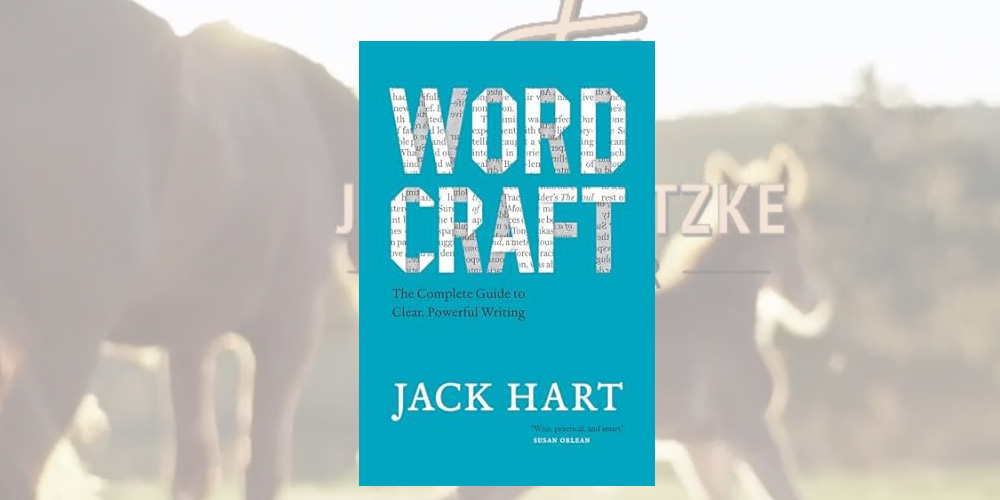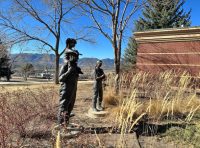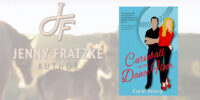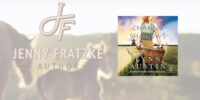A friend recommended Jack Hart’s Wordcraft: The Complete Guide to Clear, Powerful Writing. I purchased the book and the audiobook and read through the text twice. I’ve read several nonfiction books on writing and style, but Hart’s helpful and practical guide helped me more than all the former craft books combined. He taught about the writing process and gave various examples of what worked and what didn’t. Chapter topics included method, process, structure, voice, and clarity.
I love organizational tips, especially organizing too many ideas into a cohesive essay. I struggled with the first mention of Hart’s “Blundell chains,” limiting the number of boxes of possible premises across each page. I took his chapter on method as a challenge, juggled ideas, deleted a few, and then took what Hart called “a leap of faith.” My first leap didn’t work out as I had planned. But amidst the struggle, I narrowed the focus of a piece of writing and eliminated premise boxes on the page.
Before reading Wordcraft, like many writers, I believed that writing to a theme killed a fictional piece or an essay. Yet practice proved his theory correct, at least for me. Often, fellow writers and I discuss the frustration of not having a theme rise to the surface at the beginning of an idea. Even more arduous included working, reworking, and rethinking a project. However, I found that each link in the Blundell chain will ultimately lead to a narrower focus, tightened writing, and increased satisfaction if writers apply the process and stick with it.
If you enjoy learning more about organization and structure, you will discover many applicable skills in Wordcraft: The Complete Guide to Clear, Powerful Writing. On a fictional note, you might benefit from K.M. Weiland’s Structuring Your Novel: Essential Keys for Writing an Outstanding Story and Outlining Your Novel: Map Your Way to Success. Other excellent resources include James Scott Bell’s Plot & Structure, Stephen King’s On Writing: A Memoir of the Craft, Jerry B. Jenkins’s Writing for the Soul: Instruction and Advice for Any Writer, and DiAnn Mills’s Exploring the Art of Plotting.
www.goodreads.com/review/show/7550636793






